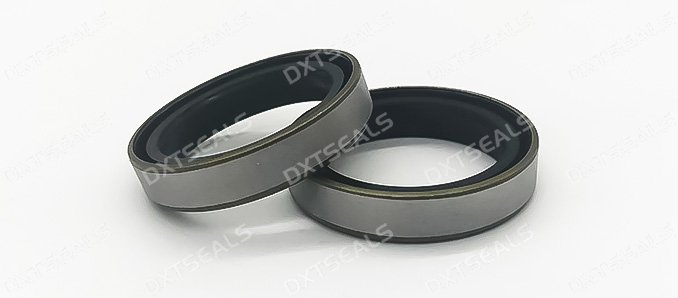
Rubber washers are critical components in many industries, offering flexibility, sealing capabilities, and resistance to various environmental conditions. However, their performance can vary significantly depending on the material and the operating temperature. This article provides an in-depth analysis of the temperature ranges of different rubber materials and offers practical tips for selecting the right washer for your application.
Why Temperature Range Matters for Rubber Washers
Rubber washers are often exposed to varying temperatures, which can impact their:
- Elasticity: Excessive heat or cold can cause rubber to harden, crack, or lose its sealing properties.
- Durability: Extreme temperatures can accelerate material degradation, reducing the washer’s lifespan.
- Performance: Maintaining optimal sealing and mechanical properties under temperature stress is critical for reliability.
Understanding the temperature tolerance of different rubber materials is essential for ensuring the washer performs effectively in your application.
Common Rubber Materials and Their Temperature Ranges
1. Nitrile Rubber (NBR)
- Temperature Range: -40°C to 120°C (-40°F to 248°F)
- Features:
- Excellent resistance to oils, fuels, and abrasion.
- Commonly used in automotive, industrial, and oil/gas applications.
- Limitations:
- Not suitable for high-temperature or ozone-rich environments.
2. Silicone Rubber
- Temperature Range: -60°C to 230°C (-76°F to 446°F)
- Features:
- Exceptional heat and cold resistance.
- Ideal for food processing, medical, and aerospace applications.
- Limitations:
- Limited chemical and tear resistance.
3. EPDM Rubber
- Temperature Range: -50°C to 150°C (-58°F to 302°F)
- Features:
- Excellent weather, ozone, and heat resistance.
- Suitable for outdoor and high-temperature applications.
- Limitations:
- Poor resistance to oils and fuels.
4. Fluoroelastomer (FKM/Viton®)
- Temperature Range: -20°C to 200°C (-4°F to 392°F)
- Features:
- High resistance to chemicals, heat, and oils.
- Commonly used in aerospace, automotive, and chemical industries.
- Limitations:
- Not ideal for extremely low temperatures.
5. Natural Rubber (NR)
- Temperature Range: -40°C to 80°C (-40°F to 176°F)
- Features:
- High elasticity and abrasion resistance.
- Used in vibration dampening and general-purpose applications.
- Limitations:
- Poor resistance to oils, fuels, and weathering.
6. Neoprene Rubber
- Temperature Range: -40°C to 120°C (-40°F to 248°F)
- Features:
- Good resistance to oils, ozone, and weathering.
- Used in refrigeration, automotive, and marine industries.
- Limitations:
- Limited heat resistance compared to other materials.
Tips for Selecting the Right Rubber Washer Material
1. Define Operating Conditions
- Determine the temperature extremes your washer will encounter.
- Consider other environmental factors, such as exposure to chemicals, UV light, or pressure.
2. Match Material Properties to Application Needs
- For high temperatures, choose materials like silicone or FKM.
- For low temperatures, consider silicone or EPDM for flexibility and durability.
3. Balance Performance and Cost
- High-performance materials like FKM offer superior properties but may be more expensive.
- Choose a material that meets your application’s demands without unnecessary cost.
4. Consult Material Specifications
- Review the manufacturer’s technical data to confirm the material’s temperature range and compatibility.
5. Test in Real-World Conditions
- Conduct tests to ensure the selected washer performs reliably under actual operating conditions.
Applications of Rubber Washers in Different Temperature Ranges
1. Low-Temperature Environments
- Example Applications: Refrigeration, cryogenics, and outdoor equipment in cold climates.
- Recommended Materials: Silicone, EPDM.
2. High-Temperature Environments
- Example Applications: Automotive engines, industrial machinery, and heat exchangers.
- Recommended Materials: Silicone, FKM.
3. Moderate Temperature Ranges
- Example Applications: Plumbing, electrical enclosures, and general sealing tasks.
- Recommended Materials: Nitrile, neoprene.
Conclusion
Selecting the right rubber washer material requires careful consideration of the operating temperature and environmental conditions. Understanding the properties and temperature ranges of various rubber materials will help ensure optimal performance, durability, and reliability for your application.
For expert guidance and high-quality rubber washers tailored to your needs, consult a trusted supplier with a broad range of material options and customization capabilities. By choosing the right material, you can maximize efficiency and extend the lifespan of your equipment.
